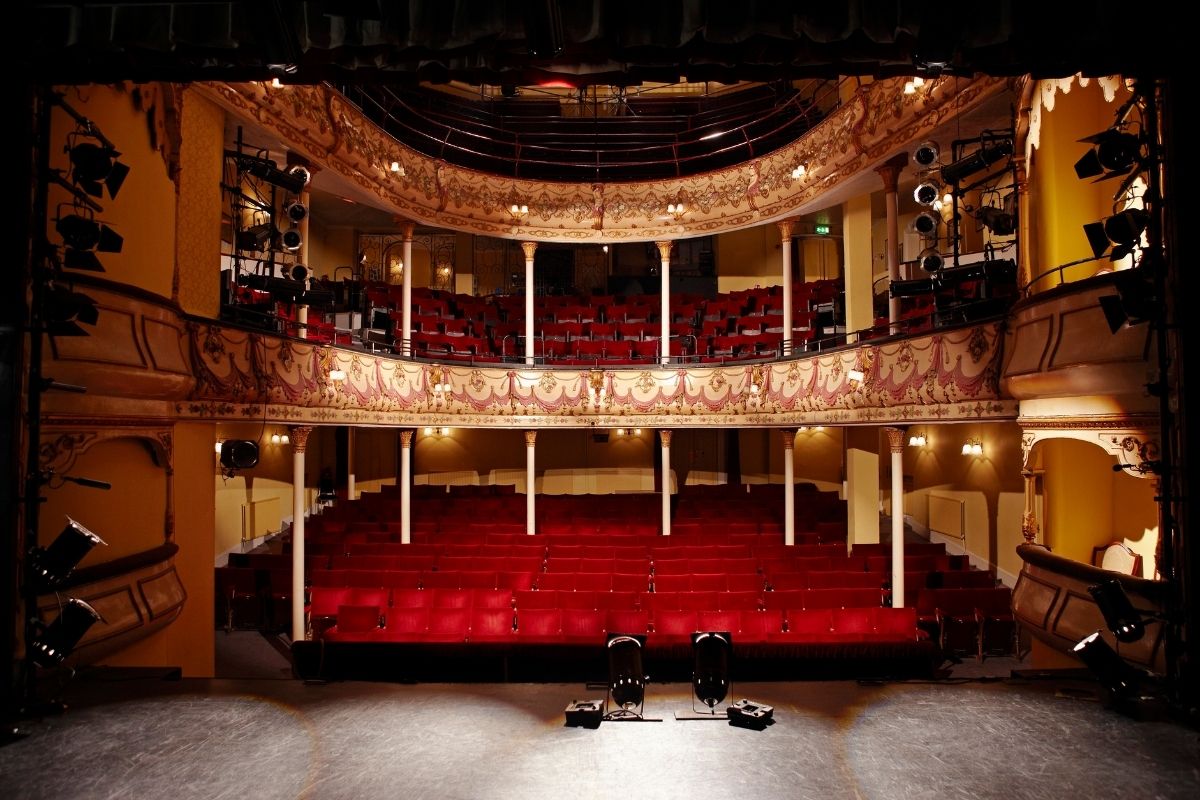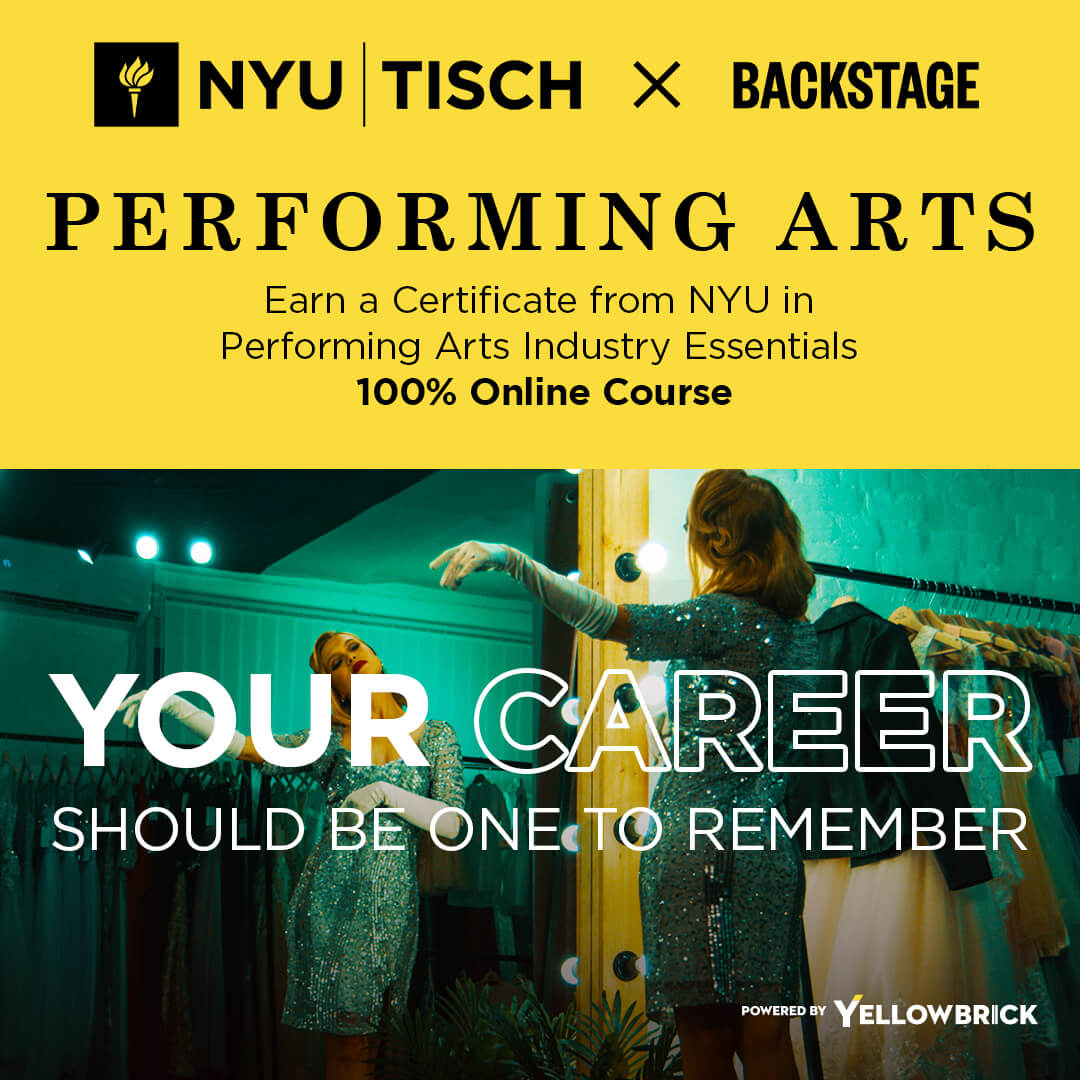Tracing the History of Performing Arts to the Present Day

The most common form of theater across time and space has been solo performance. Think of a storyteller going into a public space, often accompanying themselves with music or speaking in poetry. These performers go by different names: bard, rhapsode, skald. In some ways, a rap artist is a direct inheritor of that tradition.
But Jeff Kaplan says, “When we think of a play in a theater with the lights off and a curtain and we applaud at the end, that form really begins in the 19th century.”
That might sound strange, but it’s true. Kaplan points to the year 1876 as an important turning point in performing arts education. In that year, the German composer Richard Wagner built an opera house in Bayreuth, Germany. In that opera house, the audience all sat facing the stage.
That was different from anything previously known. Before, the lights would be on, and the upper class would sit on the sides facing each other. They wanted to see what each other looked like. The middle class would sit in the middle, and the lower class would sit up in the high areas and throw things and yell and scream.
It was very raucous. It was very much a social event. Kaplan elaborates, “This modern notion in which we’re all sitting very quietly, and we’ve all purchased a ticket so we can consume the content, you know, that’s actually pretty recent.”
As you move through a European idea of theater, you’ll come to Shakespeare the verse plays. Next in online performing arts education, you’ll move on through the 19th century and the creation of naturalism and realism. Of those styles, Elizabeth Bradley explains, “We’re meant to actually suspend disbelief and feel that lives we can relate to are being reflected on stages.”
Realism and naturalism are terms that are often put together, conflated or used interchangeably. Bradley uses a recent important revival of “Our Town” — considered by many an iconic American play — as an example.
Of that particular production, she says, “Using all of our senses as an audience was important. So actual bacon was frying on stage in an actual frying pan in real time. And that’s an example of a kind of heightened realism.”
We still have the (David) Belasco Theatre on Broadway. In the very early years of the 20th century, David Belasco was a producer who believed that every detail added to a certain sense of verisimilitude, the sense that it is real, that it is truthful. Bradley shares, “So every afternoon, he would bring in real shanks of meat to hang on the stage, and they would ripen, so to speak, under the lights during the productions.”
Kaplan says, “Another date I’d point to is 1879, [when] a playwright named Henrik Ibsen wrote a play about a woman named Nora who is in an unhappy marriage.” As viewers watch the play, they discover that Nora has a secret. They also learn that there’s not really a bad guy; there’s not really a villain.
He continues, “And in the end, she walks out — spoiler alert, I’m sorry — but she walks out [on] her family on Christmas at night in Norway without a coat, and she slams the door. And it was the door; it was the door slam heard around the world. Women just didn’t do that.”
With that, theater had spoken truth to power forever. Shakespeare’s Hamlet says that theater is a mirror held up to nature. That’s the beginning of theater’s relationship with modern identity politics. Ever since, plays have really gone where things are sticky.
Take Lorraine Hansberry’s “A Raisin in the Sun,” for example. It’s about the American dream. “After World War II, who can dream?” Kaplan asks. “Does that include an African-American family living on the South Side of Chicago who wants to buy a house in the suburbs? Are they allowed to dream?”
And so, ever since then, performing arts has addressed key issues that confront us to this day and, in fact, right now.


